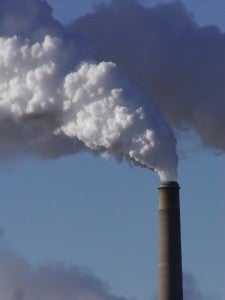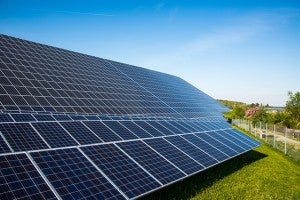 Ohio’s clean energy economy celebrated a big win this week. The Public Utilities Commission of Ohio (PUCO) denied American Electric Power Company’s (AEP) request for guaranteed profits to operate its aging, uneconomic coal power plants. EDF, along with many other parties, opposed AEP’s proposal.
Ohio’s clean energy economy celebrated a big win this week. The Public Utilities Commission of Ohio (PUCO) denied American Electric Power Company’s (AEP) request for guaranteed profits to operate its aging, uneconomic coal power plants. EDF, along with many other parties, opposed AEP’s proposal.
EDF applauds the Commission for recognizing AEP’s proposal would not benefit Ohio residents and businesses. These old coal plants cost more to operate than the value of power they generate. Plus, they produce harmful greenhouse gas emissions which, if the plants continue to operate, would make it more difficult for Ohio to comply with the Environmental Protection Agency’s (EPA) proposed Clean Power Plan, which would set the first-ever limits on carbon emissions from existing power plants.
The Public Utilities Commission’s decision sends a clear message: power companies can no longer rest on their laurels. Clean energy businesses, entrepreneurs, investors, and Ohioans are ready for a new era – one in which utility profits are not placed ahead of Ohio’s best interests.
With gas prices low, an increased use of renewable energy, and weak demand resulting from customer energy efficiency improvements, some utilities like AEP are now burdened by their heavy reliance on coal – and looking to their customers to bail out their uneconomic power plants. Thankfully, yesterday’s decision assures that the market will remain competitive, giving clean energy resources an equal opportunity to compete with legacy fossil fuel plants. Read More »
 The Environmental Protection Agency just released the draft of its yearly greenhouse gas emissions inventory. It shows in no uncertain terms that methane emissions from the oil and natural gas sector are going in the wrong direction: Up.
The Environmental Protection Agency just released the draft of its yearly greenhouse gas emissions inventory. It shows in no uncertain terms that methane emissions from the oil and natural gas sector are going in the wrong direction: Up.













